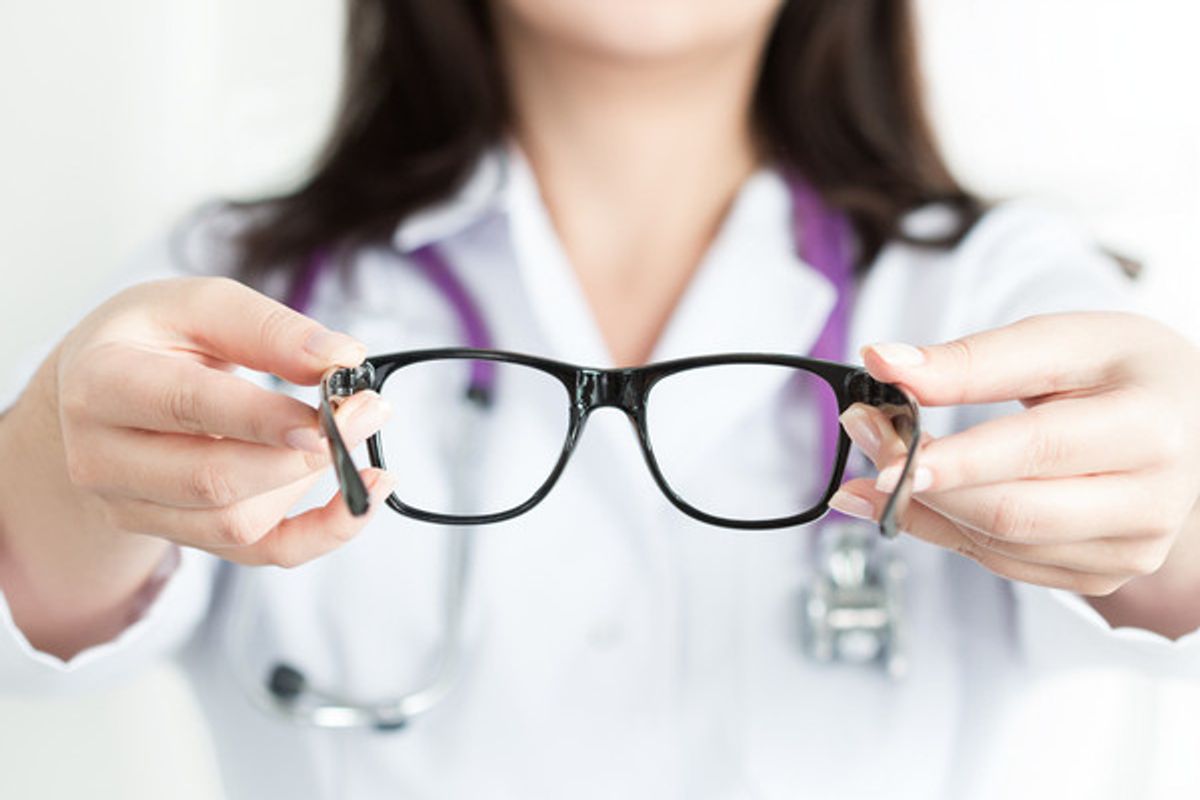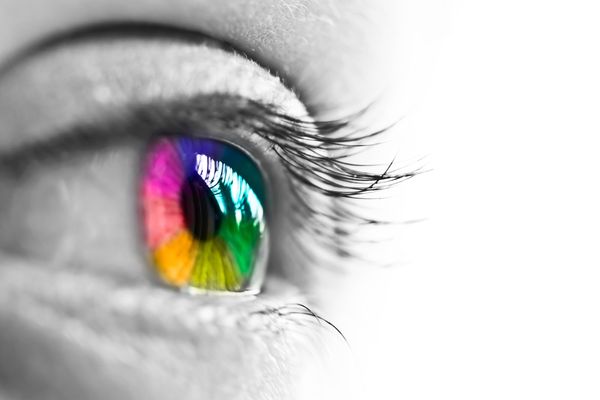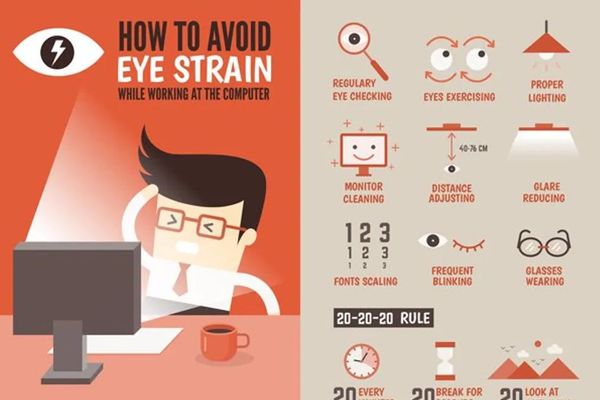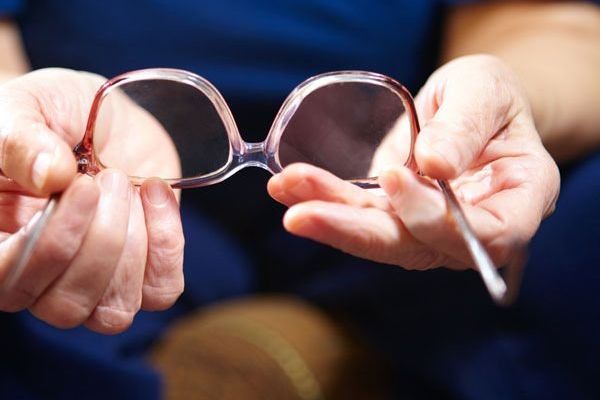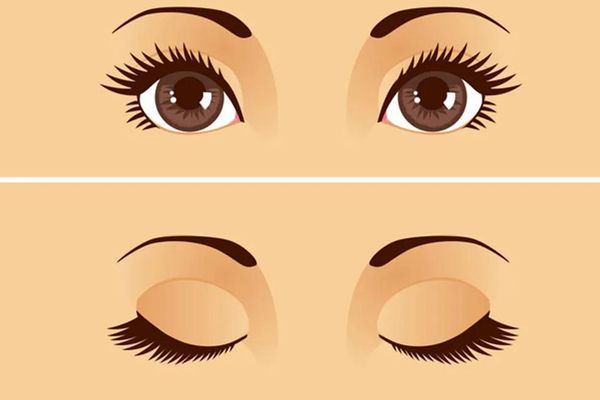Doesn't it seem like every other person wears glasses? But even more people actually should be wearing them. That's because many people don't even know they have a vision problem. Maybe they've gone years without glasses and haven't noticed the gradual change in their vision. Or maybe they just haven't bothered to get their eyes examined.
Our vision does change over time, so it's important to maintain your eyesight. We need good vision for daily activities like reading or looking at a computer.
Schedule regular appointments with an optometrist or ophthalmologist. Even if you aren't due for a visit, make an appointment if you're experiencing any problems. You may find there's nothing wrong with your vision or you could discover a problem that can be treated or corrected with glasses. It doesn't hurt to visit your eye care professional and find out why you're experiencing these vision changes.
Here are some common signs that you may need glasses.
1. Frequent squinting
When you squint, you're doing so because you want to reduce the extra light entering the eye and reduce the size of the blurred image. Yes, it can be a temporary fix. But it can be a sign that you're trying to compensate for poor vision. It can signal that you're farsighted (seeing poorly close-up) or nearsighted (seeing poorly far away). If your child is squinting, it could be lazy eye, which is decreased vision that results from abnormal vision development in infancy and early childhood, according to the Mayo Clinic.
2. Eye fatigue or strain
Eye strain or pain can be affected by various factors such as not getting enough sleep, flu, cold or allergies. But if your eye pain goes on for more than a few days, you have eye pain with eye movements or if your eyes seem to get tired from regular activities like watching TV or reading, get it checked out. You want to make sure you don't have an eye infection, undiagnosed health condition or vision changes.
3. Frequent headaches
Getting frequent headaches may mean you have a vision problem. Headaches may be attributed to farsightedness or astigmatism, which can cause both close and distant objects to appear blurry, says the American Academy of Ophthalmology (AAO). As your eyes strain to focus better, than can lead to headaches.
4. Blurred vision
Blurred vision can signal farsightedness or nearsightedness. Adults may notice it when they read, drive or sit at the computer. Kids may notice it while they're reading, doing homework or at school.
5. Seeing halos around light
Light can become scattered or blurry when your eyes can't focus light correctly. That's why you may see circles around light bulbs, car headlights and lights of varying sizes and shapes. Sometimes the problem may be fixed with glasses, though halos also are a symptom of cataracts, says the AAO.
6. Sitting close to the TV
You may be nearsighted if you sit close to the television. You're compensating for being unable to see from far away by moving closer to the object (in this case the television images).
7. Eye rubbing
If you're rubbing your eyes, you may have eye fatigue or eye strain. Glasses can help. Your eye rubbing may be due to a medical condition such as allergic conjunctivitis, which is pink eye caused by an infection or allergies, so be sure and get it checked out with an eye care professional.
8. Reading with a book near your face or at arm's length
How you hold a book or a menu can reveal if you have vision problems. You may put it near your face if you're nearsighted. Or you might hold it at arm's length if you're farsighted. Most people experience some farsightedness, or presbyopia, as they age, usually starting in their 40s. Reading glasses can help.
9. Losing your place or finger pointing while reading
If you lose your spot or skip lines when you read, you may have a vision problem. It could be strabismus—where the eyes aren't aligned correctly and point in different directions—or another eye muscle issue. Or you may have astigmatism. Watch for finger pointing while reading. Children learning to read often point at words with their fingers to improve their skills. But pointing can be the sign of a vision problem like lazy eye.
10. Closing or covering one eye to watch TV or read
You may be closing or covering the "bad" eye so it doesn't get in the way of your vision. That can signal that you have lazy eye or astigmatism. Or it can mean you have a cataract or double vision caused by strabismus.
11. Difficulty seeing at night
Various factors may trigger your troubles seeing in the dark such as cataracts or taking certain medications that cause night vision issues. Glasses can help if the problem is nearsightedness.

